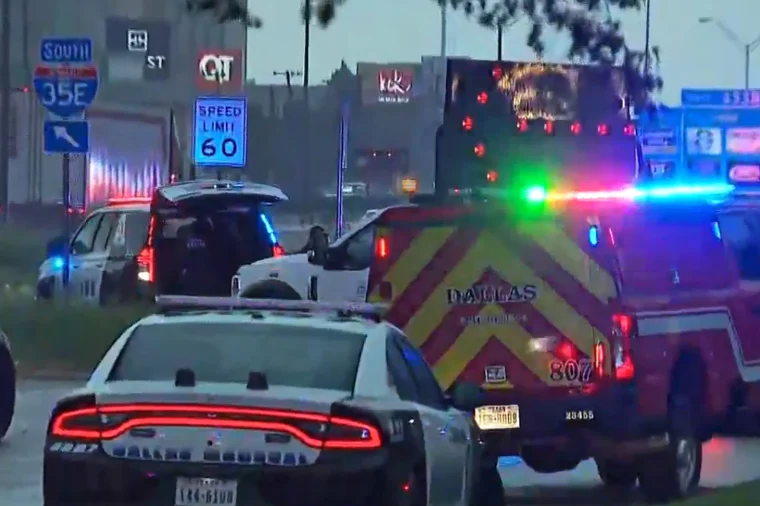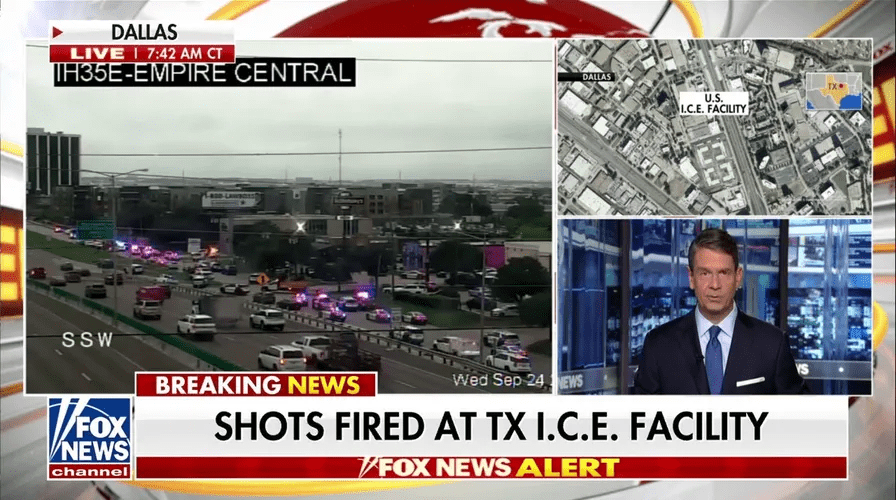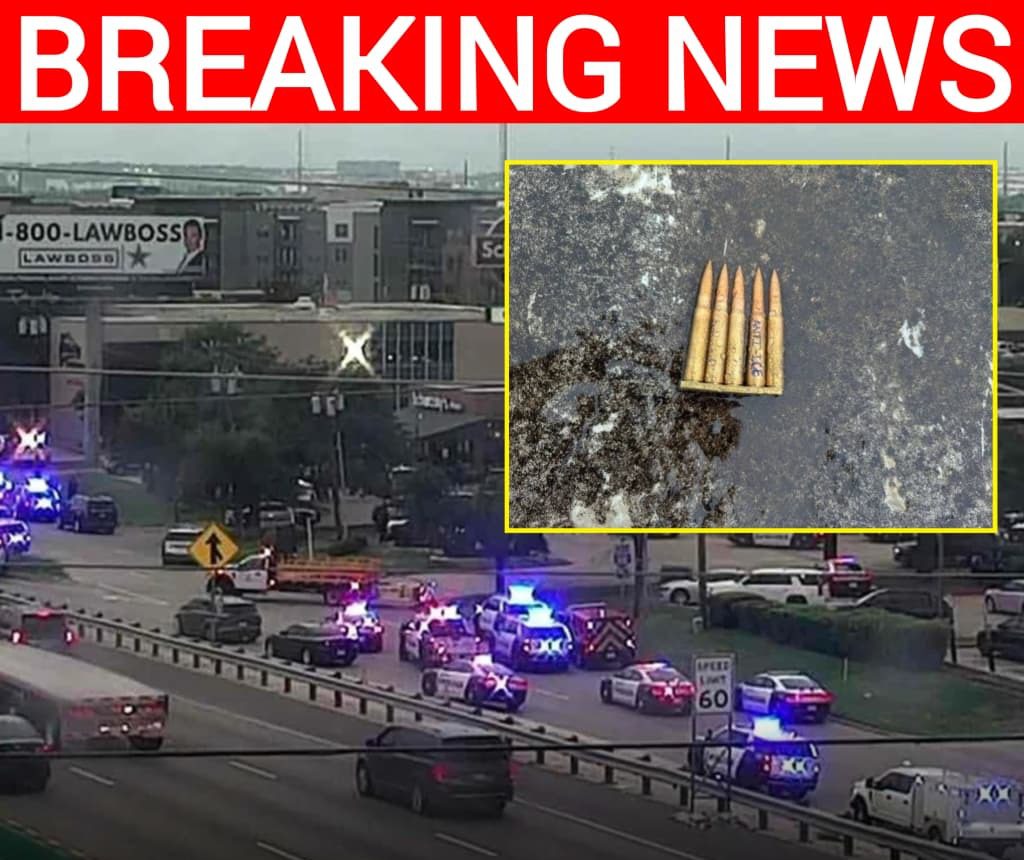Dallas ICE Facility Shooter Leaves Behind Bullet Casings With Anti-ICE Messages as FBI Confirms Targeted Attack
What began as a terrifying morning in Dallas has now taken an even darker turn as details continue to emerge about the shooting at a local Immigration and Customs Enforcement facility. Federal investigators have revealed that the gunman, who opened fire during a detainee transfer before taking his own life, left behind bullet casings inscribed with anti-ICE messages. Special Agent in Charge Joe Rothrock of the Dallas FBI confirmed the discovery, describing the casings as evidence that the attack was deliberate, targeted, and ideologically motivated. The words scratched onto the ammunition point directly to opposition against ICE operations, giving investigators an unsettling glimpse into the shooter’s mindset in his final hours.

The image of those casings lying on the ground after the chaos ended tells a story that stretches beyond a single act of violence. This was not random. It was calculated, symbolic, and meant to send a message. For ICE agents, detainees, and the Dallas community, that realization deepens the sense of vulnerability. It was already shocking enough that shots rang out from a rooftop, injuring multiple detainees as they were being unloaded, but the markings on the bullets reveal that the violence was tied to a broader narrative of anger toward immigration enforcement.
Special Agent Rothrock stood before cameras and reporters with the weight of that revelation. His words carried both the urgency of law enforcement and the gravity of a nation trying to understand why attacks like these continue to happen. Rothrock, who has years of experience in both criminal investigations and counterterrorism operations, emphasized that this incident will be investigated fully, not just as a shooting but as a possible act of domestic terrorism. The bullet casings transform the case from an isolated tragedy into part of a troubling trend, raising concerns that ideological violence directed at ICE and other federal agencies is becoming more frequent.

This comes against the backdrop of earlier incidents that show a disturbing pattern. On July 4, 2025, ten suspects were charged after attacking the Prairieland Detention Facility in Alvarado, Texas, an attack that federal prosecutors described as terrorism. Even before that, the United States had witnessed violence tied to ideology on both ends of the spectrum, from the 2020 killing of Aaron Danielson in Portland to the shocking 2025 assassination of Charlie Kirk, each linked to left-wing actors according to investigators. While experts note that left-wing terrorism had seen a decline after the Cold War, these recent cases suggest a resurgence of targeted, politically motivated violence that is difficult to ignore.
For the families of those injured in Dallas, the debate about ideology is secondary to the immediate pain of recovery and the trauma of what they endured. Yet, for the country as a whole, it forces hard questions about how much political anger is spilling over into violence, and whether security measures at government facilities are keeping pace with the growing threats. The sniper in Dallas managed to position himself on a rooftop and fire into a secure area, a chilling demonstration of both planning and intent. That the bullets themselves carried words of defiance only underscores the symbolic weight the attacker wanted to leave behind.
Officials including Homeland Security Secretary Kristi Noem and Acting ICE Director Todd M. Lyons have already condemned the act, calling it a heinous attack on law enforcement and those in custody. Both pledged to reassess security around ICE facilities nationwide, promising that lessons will be learned and changes will follow. But the reality is that this shooting, like the one in Alvarado just months earlier, leaves the public with a sinking sense that the risks are growing.
For people in Dallas, the morning commute that turned into a nightmare will not be forgotten. Helicopters in the sky, flashing lights covering the highways, and the news of anti-ICE messages etched into bullets will linger as a grim reminder that political divisions can manifest in deadly ways. The hope is that by confronting this reality directly, by acknowledging both the human loss and the dangerous ideology behind it, communities can take steps to prevent the next tragedy.



